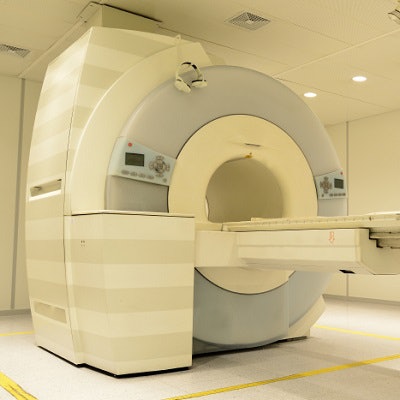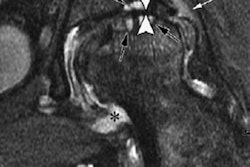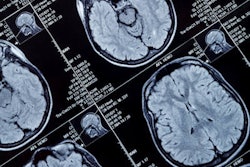
How can clinicians reduce unnecessary MRI knee scans? Three elements are needed: a standardized reporting template, a grading system to determine injury severity, and clinician education, according to a study published in the July issue of the Journal of the American College of Radiology.
Researchers from UT Southwestern Medical Center in Dallas devised a strategy to significantly decrease the number of MRI scans for patients with moderate to severe degenerative damage by relying on the accuracy of initial x-rays (JACR, July 2019, Vol. 16:7, pp. 940-944).
"This substantial reduction of overutilization of advanced imaging emphasizes the need for a medical decision tool to assist ordering physicians with automated best practice alerts," wrote lead author Dr. Kelly Tornow and colleagues from the department of radiology at the UT Southwestern Medical Center.
Over the past two decades, the increased access to MRI has led to rapid growth in the modality's utilization. At the same time, this growth has led to too many unnecessary MRI scans, which drive up the cost of healthcare.
"To address this important overutilization issue and conserve healthcare resources, we conducted a quality improvement project to reduce the number of knee MRIs ordered in the setting of moderate to severe knee joint degenerative disease, which was already evident on radiographs," Tornow and colleagues wrote.
The evaluation process for knee pain usually begins with an x-ray. A radiologist describes the osteoarthritis qualitatively but previously did so without a validated grading system to quantify the severity of the condition. Follow-up imaging recommendations also were never provided on the x-ray reports, so ordering physicians too often moved on to a knee MRI for further assessment.
For this study, the researchers randomly selected 292 consecutive knee MRI scans performed during the first six months of 2017. A musculoskeletal specialist determined which scans in the cohort indicated severe degenerative damage, such as high-grade or full-thickness cartilage loss of 1 cm or more on both sides of the joint. A second musculoskeletal radiologist, blinded to the MRI results, evaluated corresponding knee x-rays, which were taken within six months of the MRI.
By August 2017, the facility implemented the five-point Kellgren-Lawrence (KL) grading scale to rate the degree of osteoarthritis. Grade 0 indicates no evidence of osteoarthritis on x-rays, while grade 4 indicates severe sclerosis and bone deformity. With KL grades 3 or 4 on x-ray, clinicians typically do not recommend a follow-up MRI to confirm results, as the diagnosis seems clear.
The second reader inserted the KL grade 3 or 4 scores from the knee x-rays into newly adopted structured reporting templates with recommendations for follow-up.
The facility then held monthly educational meetings for its musculoskeletal staff for presentations on how the KL grading system worked and how physicians could save hospital resources by avoiding follow-up MRI scans when x-rays showed osteoarthritis at KL grades 3 and 4.
The initiative succeeded. Prior to the program's start, 55% of MRI scans performed were on patients with KL scores of 3 or 4. After the improvement program was implemented, from October 2017 to February 2018, the frequency of knee MRI scans decreased significantly to 30% (p < .001). In addition, 80% of knee MRI scans corresponded with x-ray KL scores, which further reinforced the lack of need for follow-up MRI.
"Implementation of a standardized reporting template for knee x-rays with autopopulated KL grading and focused clinician education are effective ways to decrease the rate of unnecessary MRIs for patients with moderate to severe degenerative changes," the authors wrote.



.fFmgij6Hin.png?auto=compress%2Cformat&fit=crop&h=100&q=70&w=100)




.fFmgij6Hin.png?auto=compress%2Cformat&fit=crop&h=167&q=70&w=250)











